National dishes are culinary creations that epitomize a specific country, serving as a representative symbol or a cherished specialty of that nation. It’s a key element in defining a nation’s cultural identity and self-perception.
Historically, especially during periods of extensive empire-building like in Europe, establishing a distinct national cuisine was a way for countries to set themselves apart from their competitors.
Not all countries have a single national dish due to regional diversity. For instance, Mexico, China, and India, with their varied ethnicities and rich food cultures, are known for having multiple iconic dishes rather than one that symbolizes the whole nation.
Selecting a national dish can sometimes spark intense feelings and debates, as these dishes are deeply intertwined with national pride and identity.
Across the globe, national dishes represent a rich tapestry of cooking techniques, flavors, types of dishes, dietary considerations, and primary ingredients.
To enhance your understanding, I invite you to dive into the world of national dishes, where I’ll explain how they differ from traditional dishes, the impact of history and geography on their evolution, and the list of national dishes by continent.
I will also offer insights through a concise FAQ section. Let’s explore national culinary delights with ease by using the filter function, search bar, or click on each dish!
National Dish Images
List of National Dishes with Filters

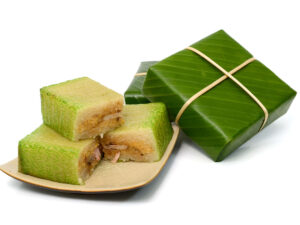

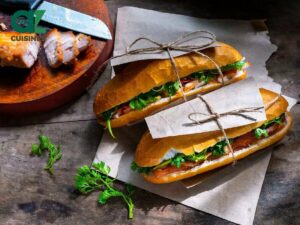
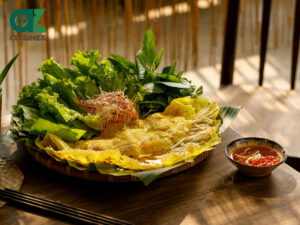

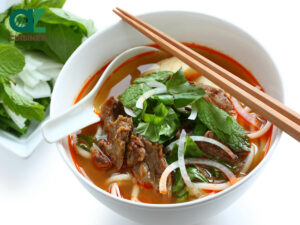

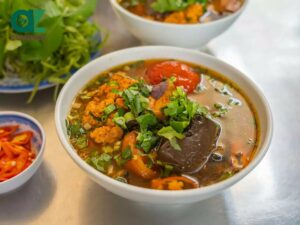
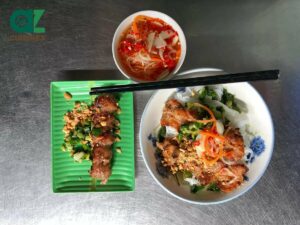

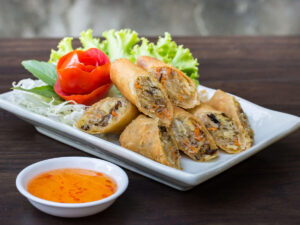

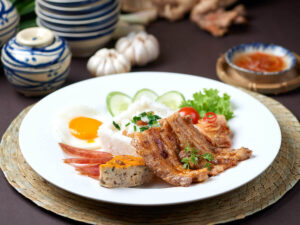

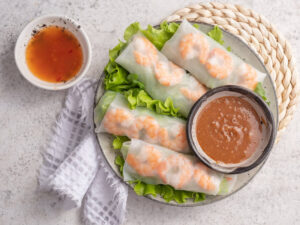
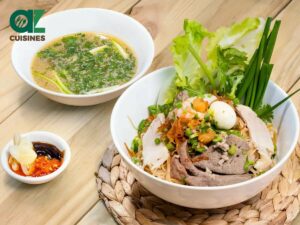


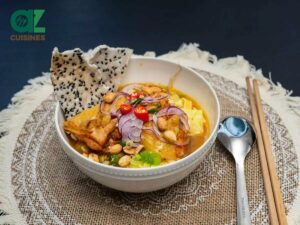

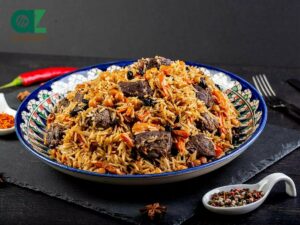

National Dish vs. Traditional Dish: What Are the Differences?
National dishes are iconic culinary representations of a country, celebrated both at home and abroad. They embody deep historical and cultural significance.
Traditional dishes, in contrast, are ingrained in a nation’s heritage and handed down through generations.
While some traditional dishes are also recognized as national dishes, not all reach this level of international fame.
The following is a detailed comparison of national and traditional dishes:

National Dish
Definition: Strongly associated with a particular country.
Significance: Represents national identity, culture, and history.
Development: Often emerges during significant historical periods for cultural distinction.
Diversity: Some countries do not have a single national dish due to diverse cultures.
Cultural Representation: Symbolizes a nation as a whole, often chosen for political or cultural reasons.
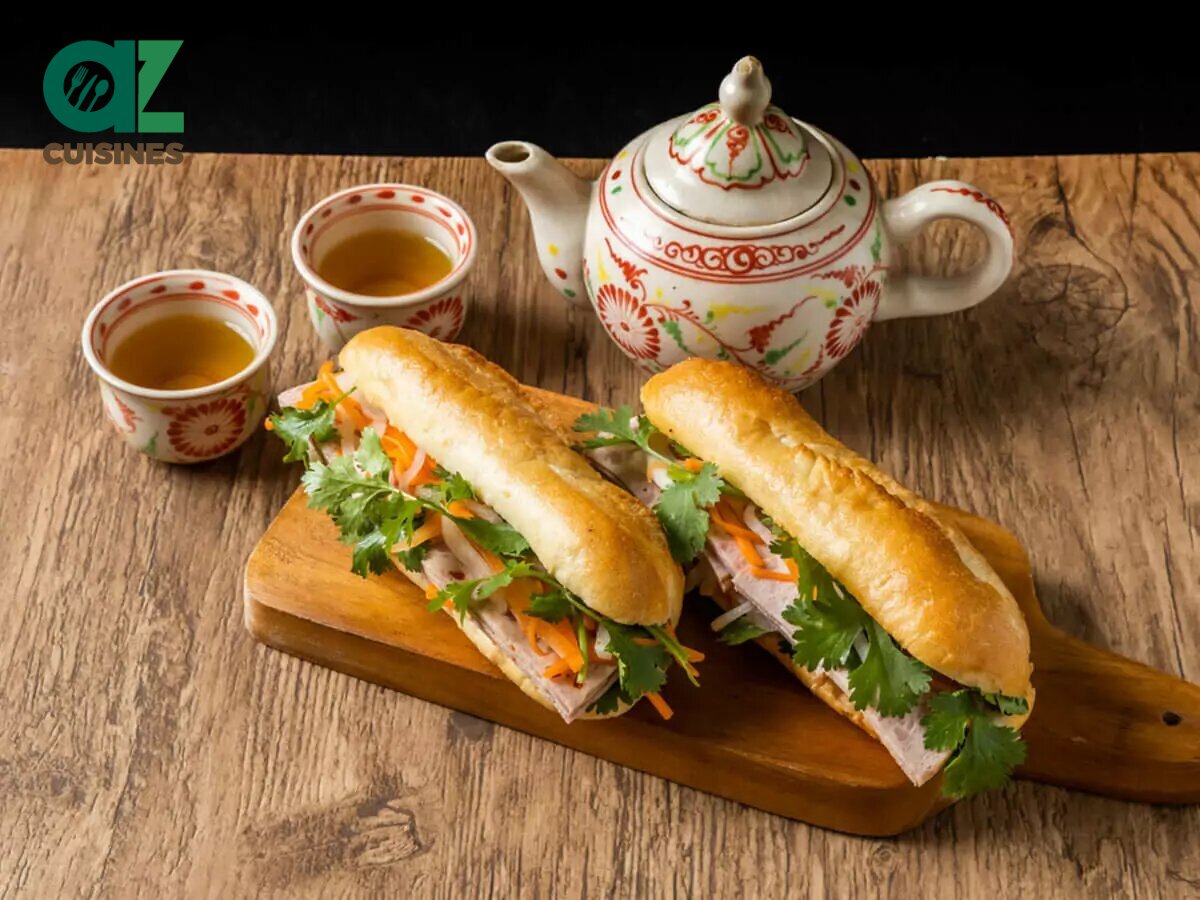
Definition: Passed down through generations or consumed for many generations.
Significance: Reflects local culture, history, geography, and resources.
Development: Developed through culinary practices inherited within families and communities.
Diversity: Varies greatly based on regional practices and resources.
Cultural Representation: Preserves and passes on a culinary heritage specific to a community or region.
Therefore, it’s essential to know how a dish is recognized as a national symbol, reflecting its journey from traditional roots to international acclaim.
How Is A National Dish Determined?
Determining what factors make a dish become a national dish involves considering various cultural, historical, and social aspects. Here are some key factors:
- Cultural Significance: The dish often has a rich history and cultural significance in the country. It may be tied to national festivals, traditions, or folklore.
- Historical Roots: Many national dishes have deep historical roots, often dating back centuries. They may have originated during a significant period in the country’s history or evolved from ancient recipes.
- Common Ingredients: The ingredients used are typically readily available and commonly used in the country. This availability is often tied to the country’s agriculture and local produce.
- Popularity: A national dish is usually one that is widely consumed and enjoyed by the majority of the population. It’s often a go-to meal for both everyday dining and special occasions.
- Representation of Cuisine: The dish often embodies the characteristics of the country’s cuisine, showcasing typical cooking methods, flavors, and ingredients.
- International Recognition: Often, a national dish is internationally recognized as being emblematically associated with a particular country.
- Regional Variations: In many cases, a national dish will have different regional variations within the country, reflecting the diverse culinary practices of its various areas.
- Symbolic Value: Sometimes, a national dish holds symbolic value, representing unity, survival, or prosperity. It may be associated with a significant historical event or national hero.
- Government Recognition: In some cases, a dish may be officially designated as a national dish by the government or a recognized authority.
- Adaptability and Evolution: National dishes often evolve over time, adapting to changes in society, technology, and available ingredients, while still maintaining their core identity.
Furthermore, the impact of historical and geographical factors on these dishes cannot be overstated, as they profoundly shape each country’s national dish uniquely.
How Historical and Geographical Factors Impact the National Dishes of Different Countries?
Historical and geographical factors play a crucial role in shaping the national dishes of different countries. Here’s how:
- Geographical Location: The geographical location of a country determines the ingredients that are available. Coastal regions favor seafood, while inland areas focus on agriculture.
- Climate: The climate of a region influences what types of food can be grown and produced. Warm climates support fruits and olives, colder climates rely on root vegetables and preservation.
- Cultural Exchanges and History: Trade, colonization, and migration introduce new ingredients and culinary practices.
- Economic Factors: A country’s economic status can affect its food diversity and culinary complexity. Wealth impacts food diversity and culinary sophistication.
- Religious Beliefs: Dietary laws and religious practices shape food choices, like vegetarianism in Hinduism or halal in Islam.
Each of these factors contributes to a unique culinary identity, resulting in a diverse list of national dishes that reflect a nation’s heritage, environment, and cultural influences.
List of National Dishes By Continent
This is a curated list of some foods often identified as national dishes sorted by continent:
Asia
- Afghanistan: Kabuli Palaw
- Armenia: Harisa, Khorovats
- Azerbaijan: Dolma
- Bahrain: Kabsa
- Bangladesh: Rice And Fish
- Bhutan: Ema Datshi
- Brunei: Ambuyat
- Cambodia: Num Banhcho, Fish Amok, Samlar Kako
- China: Peking Duck, Dim Sum, Dumpling, Hot Pot, Crayfish, Malaxiangguo, Kaolengmian, Tanghulu
- Georgia: Khachapuri
- India: Biryani, Butter Chicken, Khichdi, Samosa, Tandoori Chicken
- Indonesia: Nasi Goreng, Satay, Tumpeng, Soto, Gado Gado, Rendang
- Iran: Abgoosht, Chelo Kabab, Ghormeh Sabzi, Fesenjan
- Iraq: Masgouf, Dolma, Iraqi Kebab, Quzi
- Israel: Falafel, Shakshouka, Israeli Salad, Sabich, Meorav Yerushalmi
- Japan: Sushi, Ramen, Tempura, Japanese Curry, Wagashi, Sashimi, Miso Soup
- Jordan: Mansaf
- Kazakhstan: Beshbarmak
- Kuwait: Machboos
- Kyrgyzstan: Beshbarmak, Laghman
- Laos: Larb, Tam Mak Hoong, Sticky Rice
- Lebanon: Kibbeh, Tabbouleh
- Malaysia: Satay, Nasi Lemak
- Maldives: Mas Huni
- Mongolia: Buuz
- Myanmar: Mohinga, Lahpet Thoke
- Nepal: Momo, Dal Bhat
- North Korea: Kimchi, Raengmyŏn
- Oman: Shuwa
- Pakistan: Nihari, Biryani, Gulab Jamun, Chicken Karahi
- Palestine: Maqluba, Musakhan, Falafel
- Philippines: Adobo, Sinigang, Sisig, Pancit, Halo-Halo
- Qatar: Machboos
- Saudi Arabia: Saleeg, Kabsa
- Singapore: Hokkien Mee, Hainanese Chicken Rice, Chilli Crab
- South Korea: Kimchi, Bibimbap, Bulgogi, Jajangmyeon, Tteokbokki, Bingsu
- Sri Lanka: Kottu, Rice And Curry
- Syria: Kibbeh
- Taiwan: Beef Noodle Soup, Braised Minced Pork Rice
- Tajikistan: Qurutob
- Thailand: Pad Thai, Tom Yum, Som Tam, Pad Gaprao
- Turkey: Baklava, Kebap, Kuru Fasulye With Pilaf, Simit
- Turkmenistan: Ichlekli
- United Arab Emirates: Harees, Shuwa
- Uzbekistan: Pilaf
- Vietnam: Phở, Bún Bò Huế, Bánh Mì, Bún Chả, Gỏi Cuốn, Cơm Tấm, Bánh Chưng, Bún Thịt Nướng, Bánh Cuốn, Bánh Xèo, Hủ Tiếu, Mì Quảng, Chả Giò, Bún Riêu
- Yemen: Saltah
Africa
- Algeria: Couscous, Rechta
- Angola: Moamba De Galinha
- Cameroon: Ndolé
- Cape Verde: Cachupa
- Congo: Moambe Chicken
- Egypt: Kushari, Ful Medames, Taʿamiya, Molokhiya
- Eritrea: Zigini
- Ethiopia: Doro Wat
- Gabon: Poulet Nyembwe
- The Gambia: Domoda
- Ghana: Fufu And Soup, Kenkey, Banku, Jollof Rice, Fried Plantain
- Guinea: Poulet Yassa
- Ivory Coast: Atcheke
- Kenya: Ugali With Sukuma Wiki, Githeri, Chapati, Nyama Choma
- Madagascar: Romazava
- Malawi: Chambo With Nshima
- Mali: Tiguadege Na
- Mauritius: Dholl Puri
- Morocco: Couscous, Tagine
- Mozambique: Frango À Cafreal
- Namibia: Biltong, Potjiekos
- Niger: Dambou
- Nigeria: Tuwon Shinkafa, Jollof Rice, Pounded Yam And Egusi Soup
- Rwanda: Ugali
- Senegal: Thieboudienne
- Seychelles: Fruit Bat Curry
- Somalia: Bariis Iskukaris
- South Africa: Bobotie
- Sudan: Ful Medames
- Swaziland: Karoo Roast Ostrich Steak
- Tanzania: Chipsi Mayai
- Togo: Fufu
- Tunisia: Couscous, Brik/Bric
- Uganda: Matooke
- Zambia: Nshima
- Zimbabwe: Sadza
Europe
- Albania: Flia, Tavë Kosi
- Andorra: Escudella
- Austria: Wiener Schnitzel
- Belarus: Draniki
- Belgium: Frites, Chocolate Mousse, Waterzooi, Carbonade Flamande
- Bosnia And Herzegovina: Ćevapi, Bosnian Pot, Burek
- Bulgaria: Shopska Salad, Banitsa
- Croatia: Zagorski Štrukli
- Cyprus: Kleftiko, Souvla
- Czech Republic: Svíčková, Vepřo Knedlo Zelo
- Denmark: Smørrebrød, Stegt Flæsk
- Estonia: Kama
- Finland: Karjalanpaisti, Lohikeitto, Rye Bread
- France: Beef Bourguignon, Pot-au-feu, Crème Caramel, Blanquette de veau, Baguette, Steak Frites, Crêpe
- Germany: Bratwurst, Currywurst, Schnitzel, Schweinshaxe, Döner Kebab, Sauerbraten, Eisbein
- Greece: Moussaka, Horiatiki, Fasolada, Kokoretsi, Gyros, Souvlaki, Magiritsa
- Hungary: Goulash
- Iceland: Hákarl, Lamb
- Ireland: Irish Stew, Breakfast Roll
- Italy: Pasta, Pizza
- Kosovo: Flia
- Latvia: Jāņi Cheese, Sklandrausis, Layered Rye Bread
- Liechtenstein: Käsknöpfle
- Lithuania: Cepelinai, Bigos, Šaltibarščiai
- Luxembourg: Judd Mat Gaardebounen
- Malta: Stuffat Tal-Fenek
- Moldova: Mamaliga, Sarmale
- Monaco: Barbagiuan
- Montenegro: Njeguški Pršut
- Netherlands: Stamppot
- North Macedonia: Tavče Gravče
- Norway: Fårikål
- Poland: Pierogi, Bigos, Kotlet Schabowy, Rosó, Barszczł
- Portugal: Bacalhau, Cozido À Portuguesa, Sardinha Assada, Caldo Verde, Pastel De Belem
- Romania: Sarmale, Mămăligă, Mici
- Russia: Borscht, Chicken Kiev, Beef Stroganoff, Kasha, Pierogi, Pelmeni, Pirozhki, Shchi
- San Marino: Torta Tre Monti
- Serbia: Pljeskavica, Ćevapčići, Gibanica, Sarma, Karađorđeva Steak
- Slovakia: Bryndzové Halušky, Pierogi
- Slovenia: Štruklji, Idrijski Žlikrofi
- Spain: Tortilla De Patatas
o Galicia: Polbo Á Feira
o Valencia: Paella
o Catalonia: Pa Amb Tomaquet - Sweden: Surströmming, Köttbullar, Ostkaka, Kräftskiva
- Switzerland: Cervelat, Raclette, Fondue, Zürcher Geschnetzeltes, Muesli, Rösti
- Ukraine: Borscht, Pierogi, Chicken Kiev, Varenyky
- United Kingdom: Chicken Tikka Masala, Fish And Chips
o England: Sunday Roast
o Cornwall: Cornish Pasty
o Scotland: Haggis
o Northern Ireland: Ulster Fry
o Wales: Cawl
Americas
- American Samoa: Luau Palusami
- Argentina: Asado, Empanada, Matambre, Locro
- Bahamas: Crack Conch With Rice And Peas
- Barbados: Cou-Cou And Flying Fish
- Belize: Rice And Beans With Stew Chicken
- Bolivia: Salteñas
- Brazil: Feijoada
- Canada: Poutine, Kraft Dinner, Butter Tarts
- Chile: Empanada, Pastel De Choclo, Marraqueta
- Colombia: Ajiaco, Bandeja Paisa
- Costa Rica: Casado, Chifrijo, Gallo Pinto, Olla De Carne
- Cuba: Ropa Vieja
- Dominica: Mountain Chicken (Historical), Callaloo
- Dominican Republic: La Bandera (Rice, Beans, and Meat)
- Ecuador: Encebollado, Guatitas, Fanesca
- El Salvador: Pupusa
- Greenland: Suaasat, Seal
- Guam: Spam, Kelaguen
- Guatemala: Pepián
- Guyana: Pepperpot and Chicken Curry
- Haiti: Griot, Soup Joumou
- Honduras: Baleada
- Jamaica: Ackee And Saltfish, Jerk Chicken
- Mexico: Taco, Mole Poblano, Chiles En Nogada
- Nicaragua: Gallo Pinto, Nacatamal, Vigorón
- Panama: Sancocho
- Paraguay: Sopa Paraguaya, Chipa Guazú
- Peru: Ceviche
- Puerto Rico: Mofongo, Lechon
- Suriname: Pom
- Trinidad and Tobago: Callaloo, Doubles, Pelau, Bake And Shark, Roti Wrap
- United States: No officially acknowledged national food, but suggestions include Hot Dog, Hamburger, Apple Pie, Salisbury Steak, Fried Chicken, Turkey
- United States Virgin Islands: Funji
- Uruguay: Chivito
- Venezuela: Pabellón Criollo, Arepa
Oceania
- Australia: Roast Lamb, Meat Pie, Pavlova, Vegemite On Toast
- Fiji: Fiji Kokoda (Fijian Ceviche)
- Marshall Islands: Macadamia Nut Pie
- Micronesia: Pohnpei Pepper (Piper Ponapense)
- Nauru: Coconut Fish
- New Zealand: Meat Pie, Bacon And Egg Pie, Lamb, Pavlova
- Palau: Bat Soup (Fruit Bat Soup)
- Papua New Guinea: Mumu
- Samoa: Palusami
- Solomon Islands: Poi
- Tonga: Ota Ika
- Tuvalu: Pulaka
- Vanuatu: Laplap
Additionally, make sure to check out the commonly asked questions regarding national dishes.



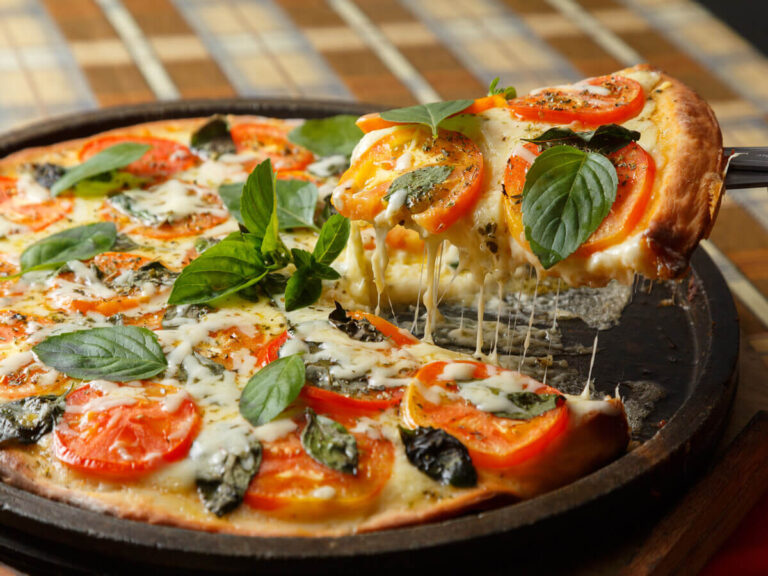

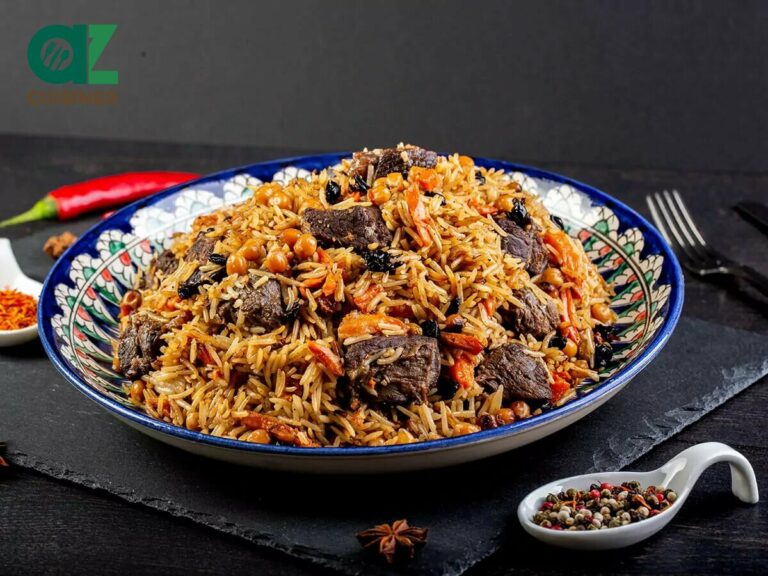
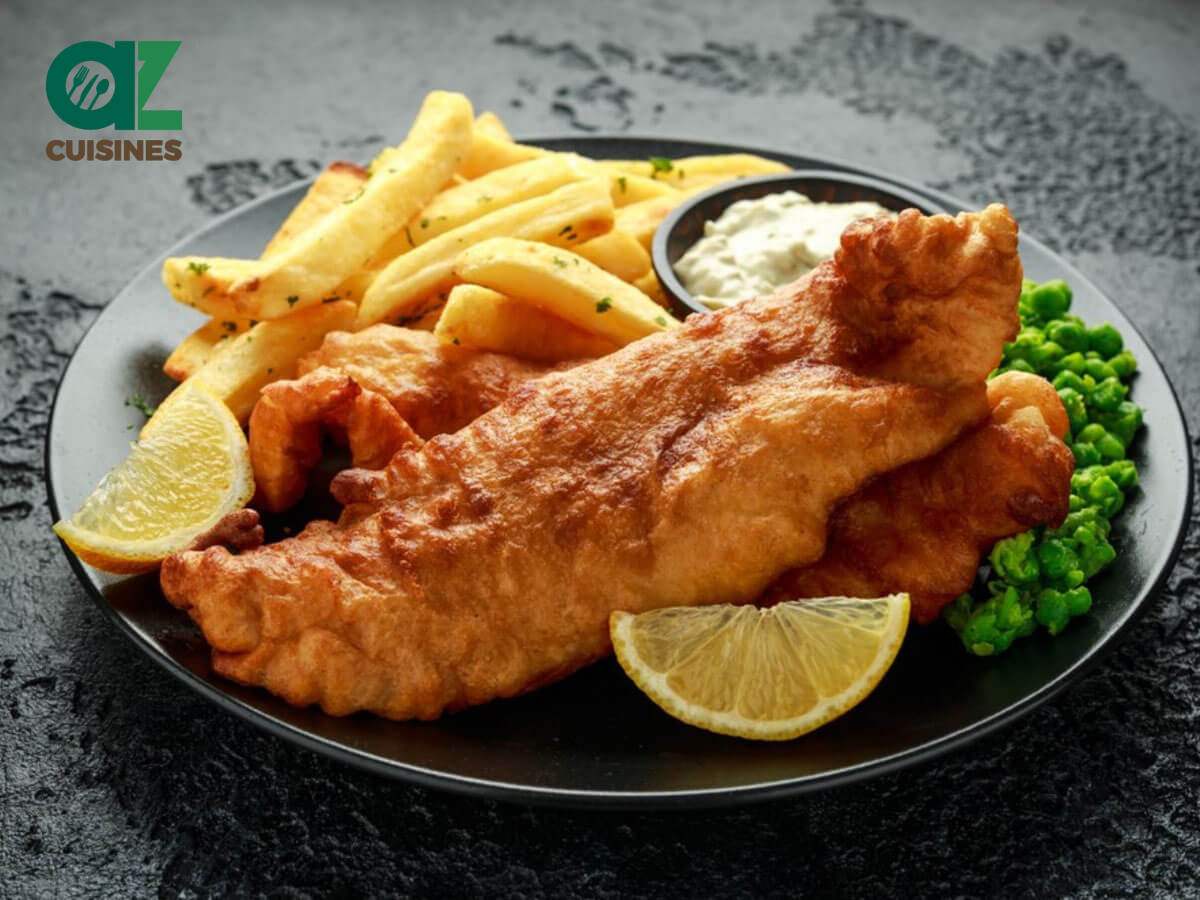
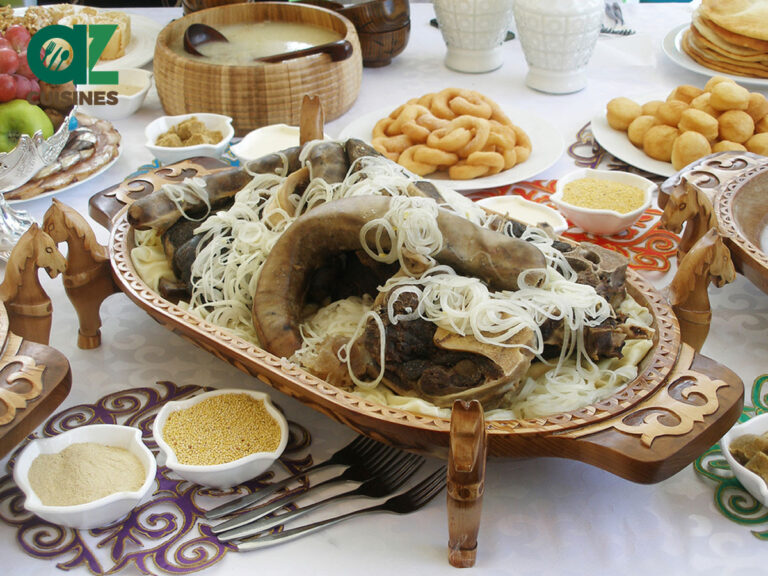

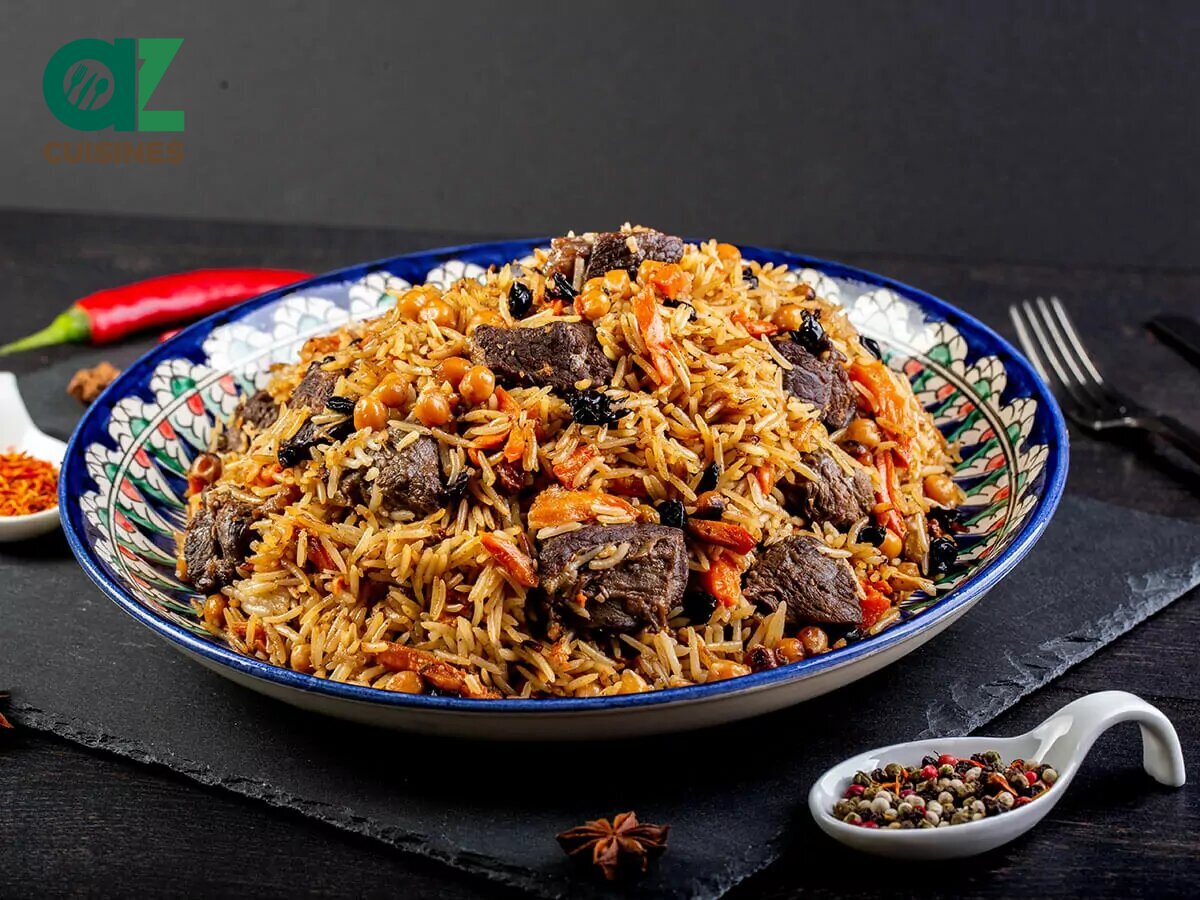

Adam Sam
Senior Food and Drink Editor
Expertise
Food Writer & Recipe Developer, Recipe Tester, Bartender, Cooking-video Maker, Editor In Chief
Education
Adam Sam, an experienced food writer and recipe developer, is passionate about blending diverse culinary traditions, national dishes, and innovative beverages, showcasing his proficiency in both traditional and modern recipe testing.
As the Editor-in-Chief, he elevates culinary content from street food to fine dining, focusing on Western cuisine and types of drinks at azcuisines.com, and is professional in creating engaging cooking videos that simplify complex dishes and ingredients.
His passion for food is evident in his writing, where he uniquely merges various cultures, traditions, and contemporary trends, skillfully combining classic recipes with modern cooking methods.